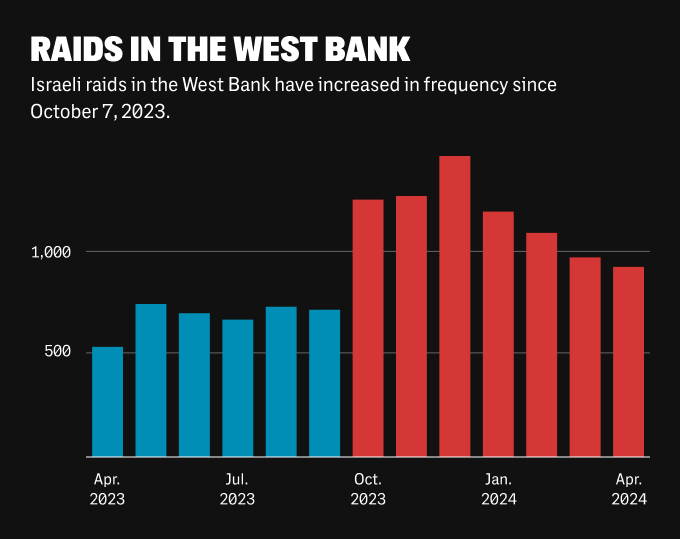 Stellantis CEO Carlos Tavares has been focused on cutting costs since spearheading the merger to create the trans-Atlantic automaker in 2021. These cost-cutting efforts have started to pay off for the company and its investors. However, the challenge now is how Stellantis will maintain this momentum in the face of uncertainties surrounding all-electric vehicles (EVs) and increased competition from Chinese automakers.
Stellantis CEO Carlos Tavares has been focused on cutting costs since spearheading the merger to create the trans-Atlantic automaker in 2021. These cost-cutting efforts have started to pay off for the company and its investors. However, the challenge now is how Stellantis will maintain this momentum in the face of uncertainties surrounding all-electric vehicles (EVs) and increased competition from Chinese automakers.
To address these concerns, Tavares will be leading Stellantis’ investor day this week, where he is expected to discuss various topics, including Chinese competition, capital discipline, upcoming products, software initiatives, and potential further cost reductions. The aim is to achieve ambitious financial targets by 2030.
One of the key goals set by the merged company was to reduce spending by 5 billion euros annually, a target that Stellantis expects to achieve in 2024, a year ahead of schedule. Tavares has also emphasized the need to remove 40% of costs in order to produce and sell EVs profitably to mass-market consumers. This means focusing on cutting costs specifically related to EVs rather than simply transitioning to them.
The cost-saving measures implemented by Stellantis include reshaping the supply chain and operations, as well as reducing headcount. Since the merger agreement in December 2019, the company has already reduced headcount by 15.5%, or approximately 47,500 employees, through 2023. While these cuts have been effective in increasing adjusted operating income by 31% and raising the adjusted profit margin to 12.8%, they have also drawn criticism from unions due to the associated job losses.
Stellantis Chief Technology Officer Ned Curic has emphasized the company’s increased efficiency and optimization of design and function for its new vehicles. He mentioned that headcount reductions were necessary after completing many of the systems for the next decade. While there may still be additional cuts needed in the U.S., Tavares acknowledged that making EVs as profitable as traditional internal combustion engine vehicles is a challenge that requires cost reductions.
The upcoming capital markets day will provide more insight into Stellantis’ future plans and strategies. Executives will outline developments across the company’s regions and businesses, including capital and operational disciplines. Wall Street will be closely watching to see how Stellantis addresses concerns about growing U.S. vehicle inventory levels, upcoming product launches, and plans for China. The threat of cheaper Chinese-made EVs is a significant factor that Tavares has identified as a major competitor.
Despite the cost-cutting efforts and potential for future savings, Stellantis’ stock performance has not been as strong as its competitors, General Motors and Ford Motor. Stellantis’ U.S.-traded shares have declined this year, while GM shares have risen and Ford shares have remained essentially flat. Analysts have noted this divergence and are cautiously optimistic about Stellantis’ performance, with some expecting it to outperform expectations.
Overall, Stellantis’ focus on cost reductions and efficiency is crucial for the company’s success in the evolving automotive industry. The investor day will provide more insights into how the company plans to navigate challenges related to EVs and competition, while also maintaining profitability and delivering returns to shareholders.


